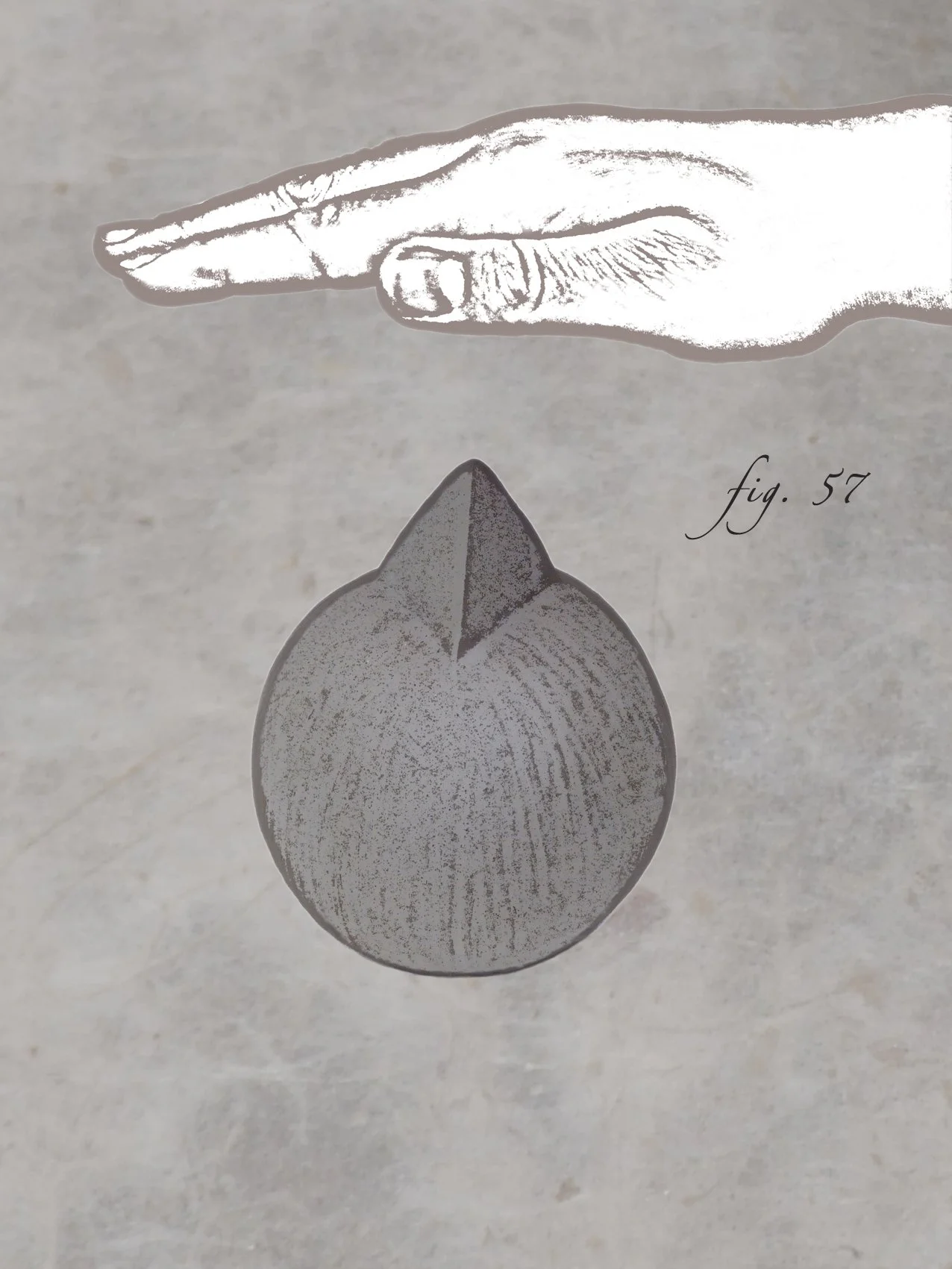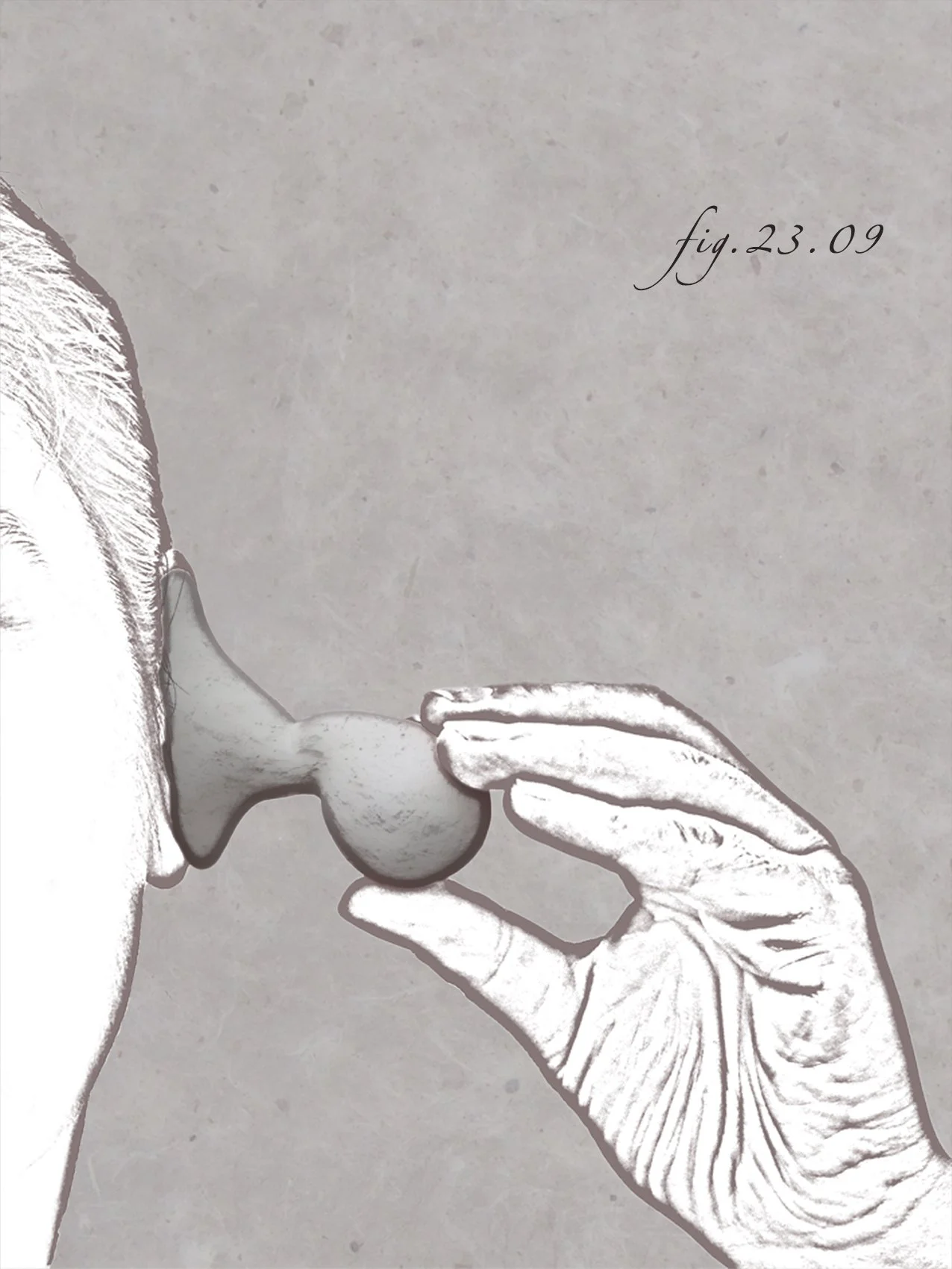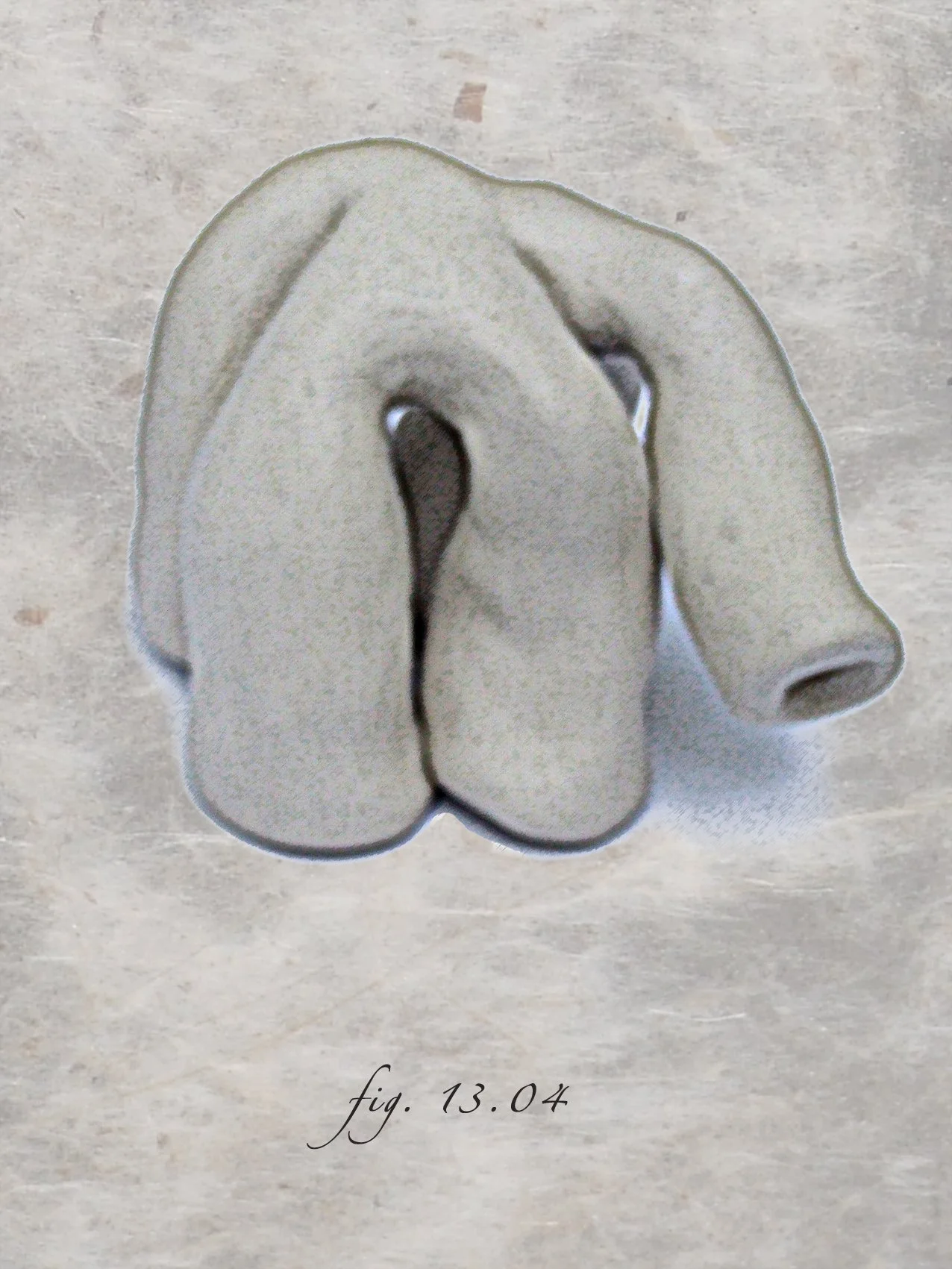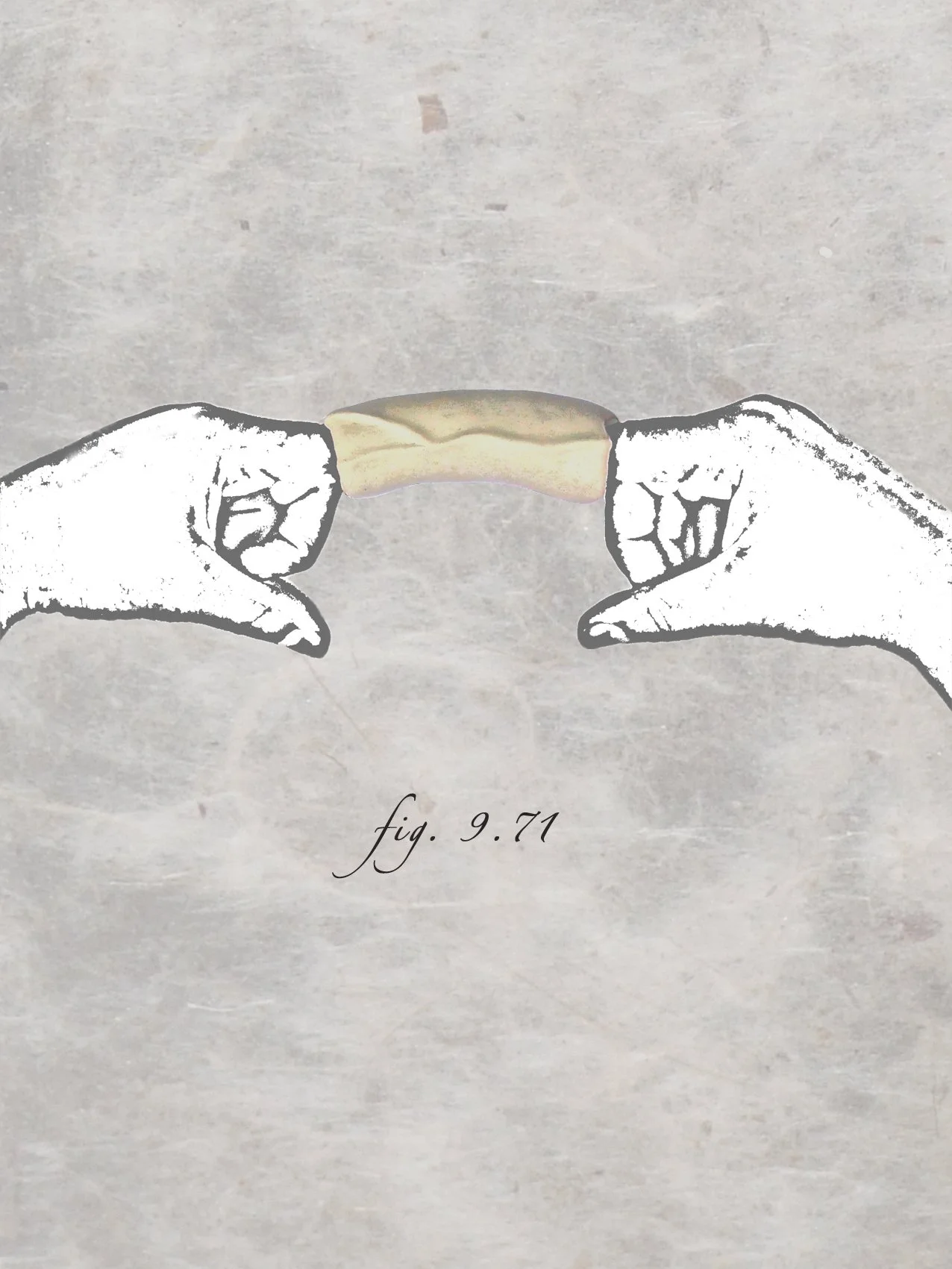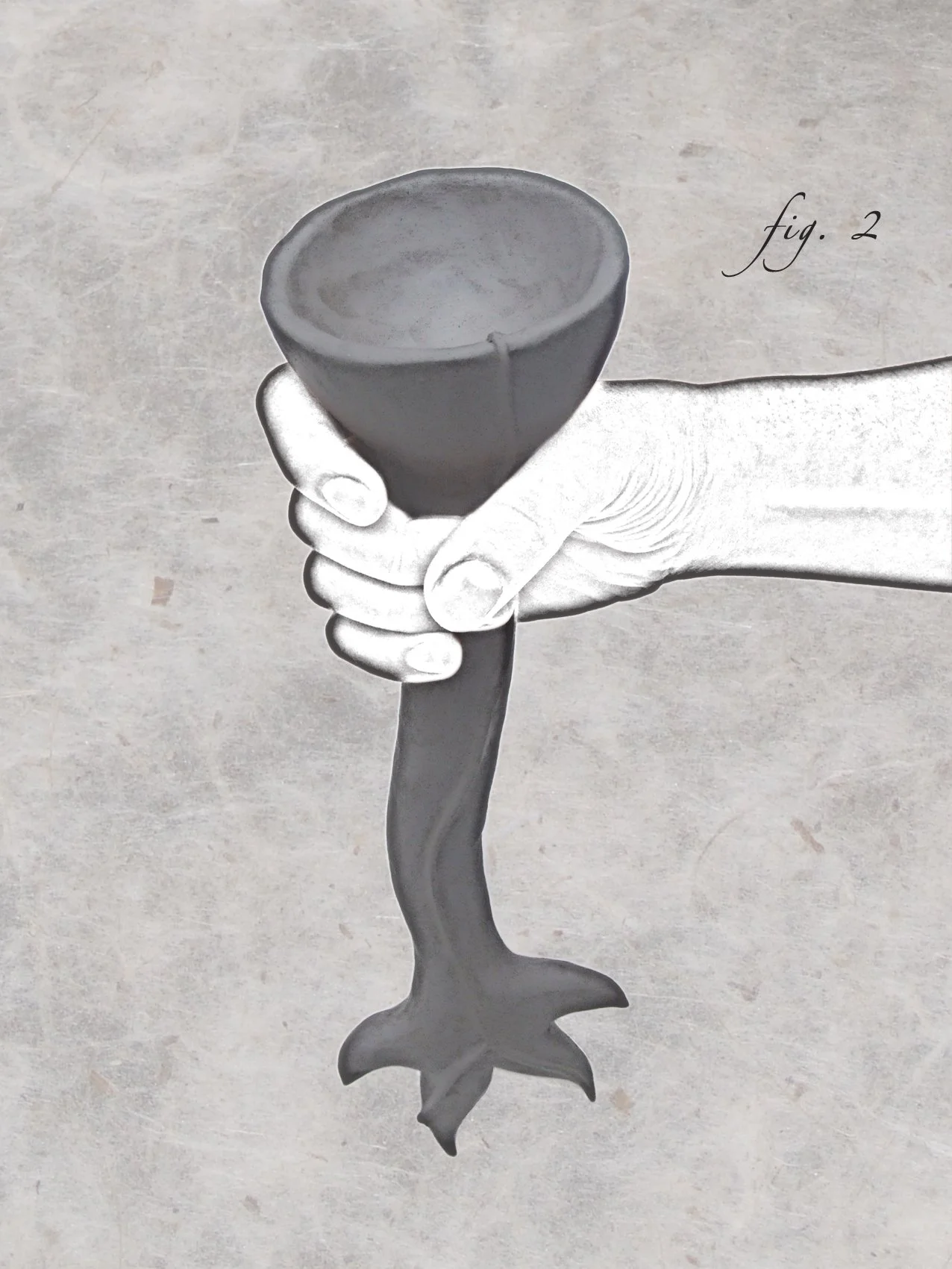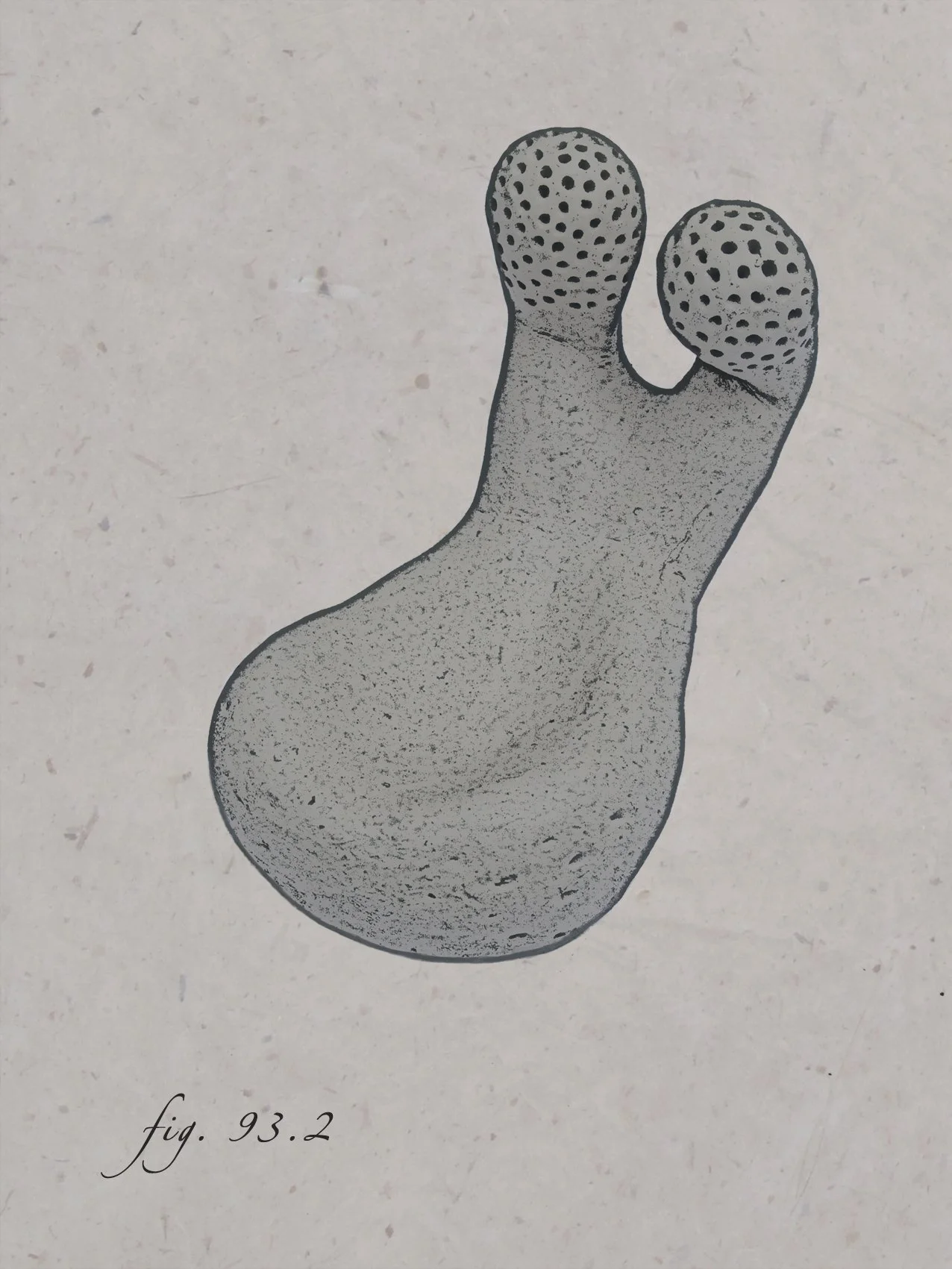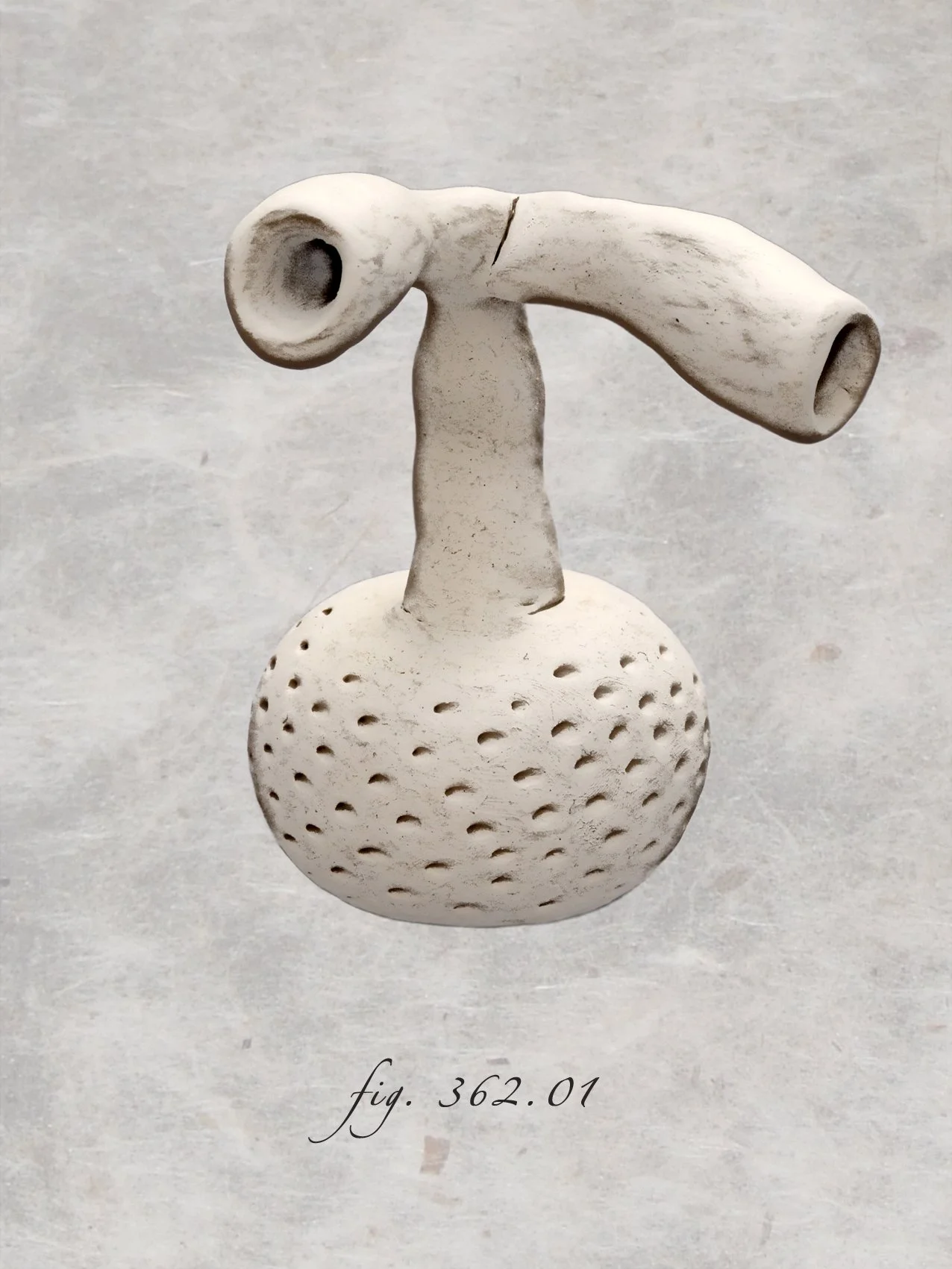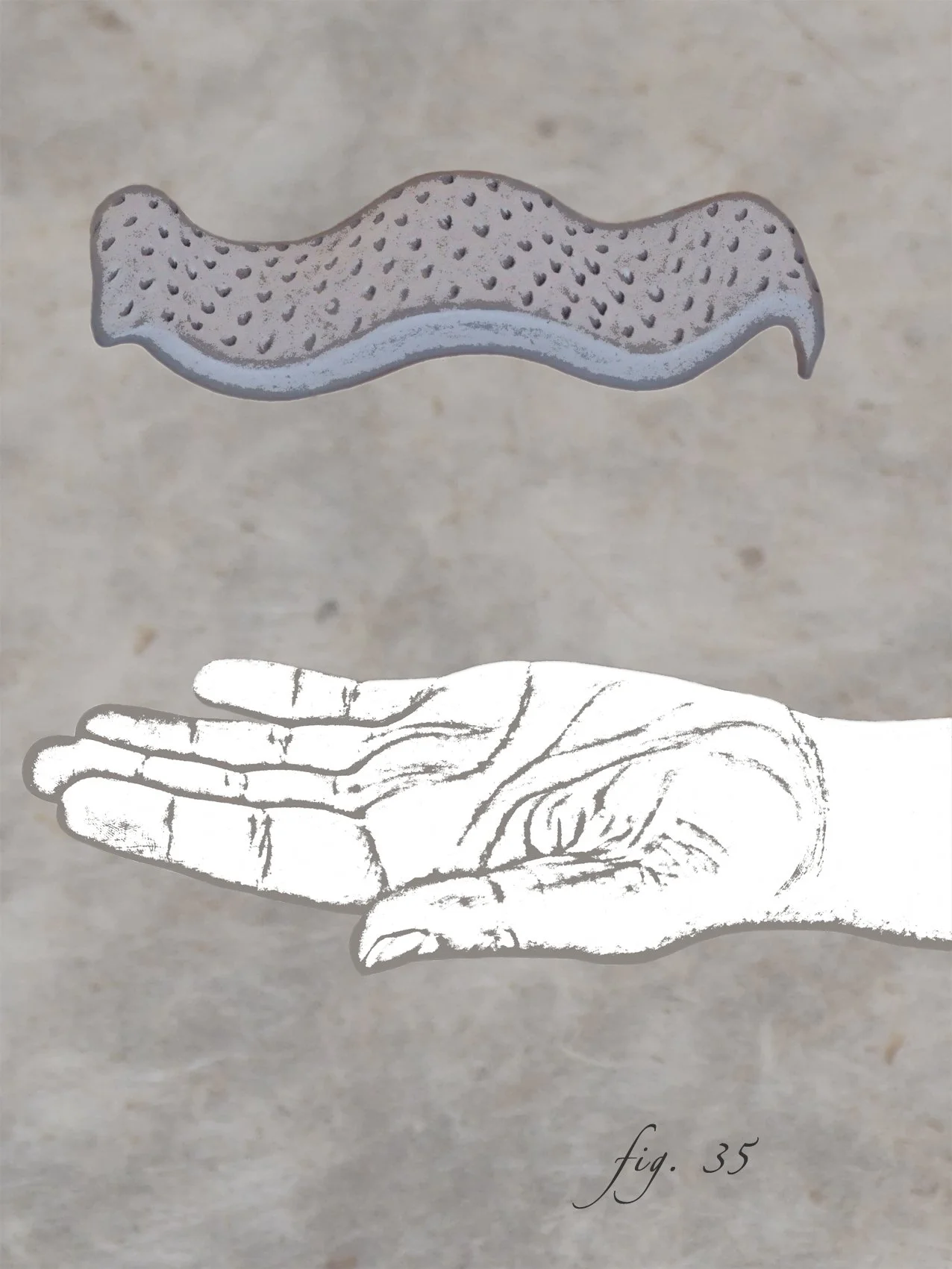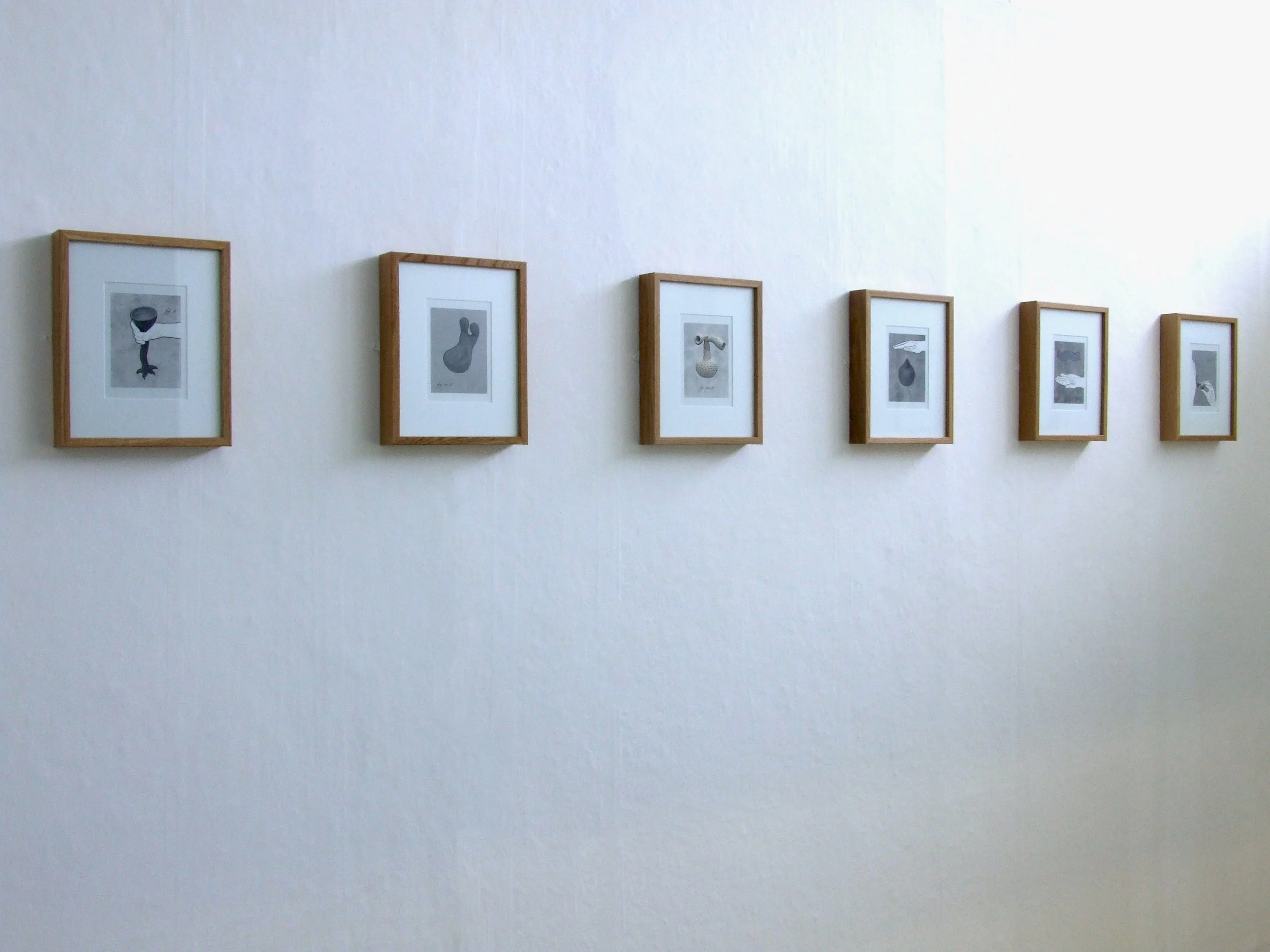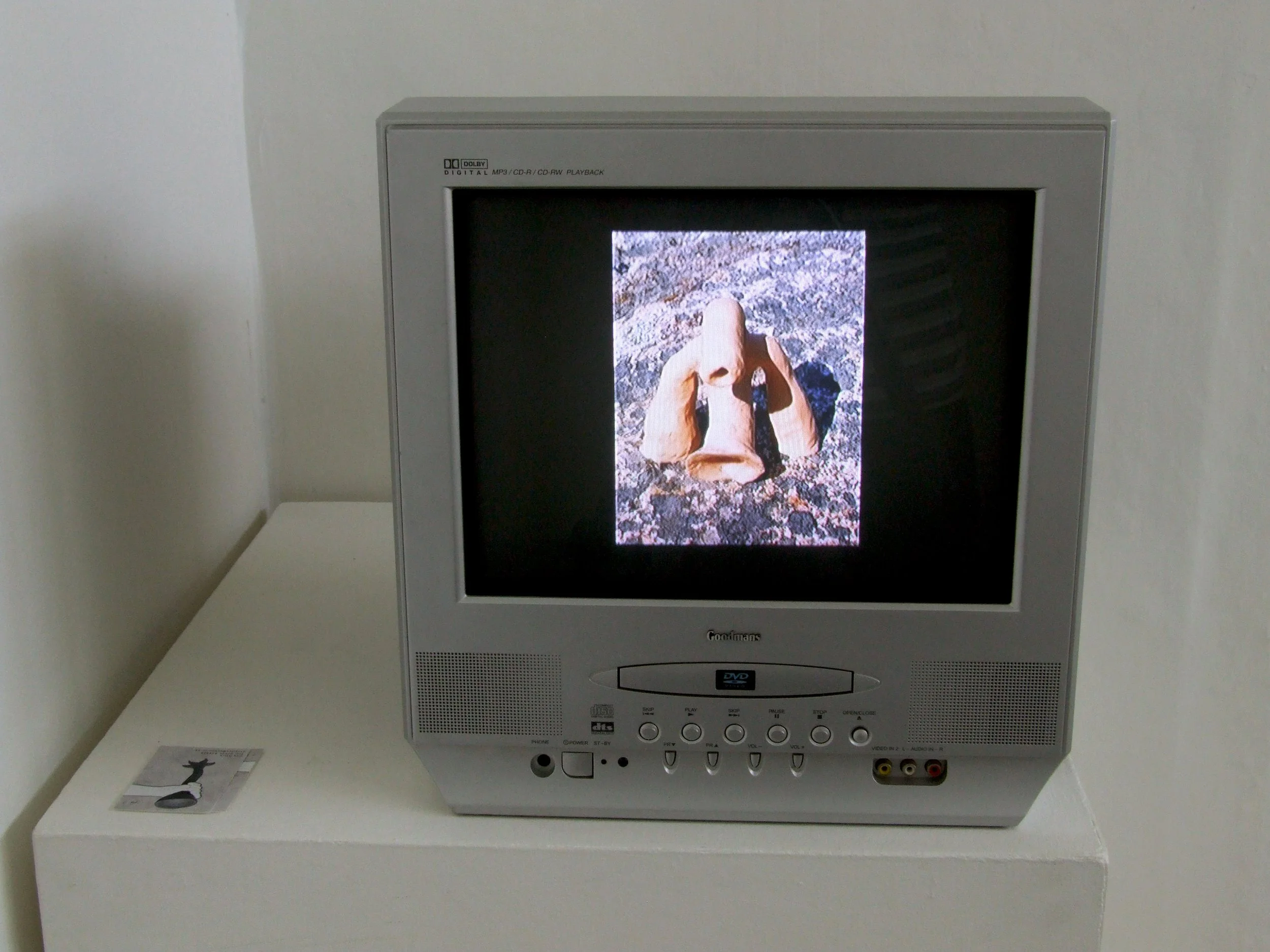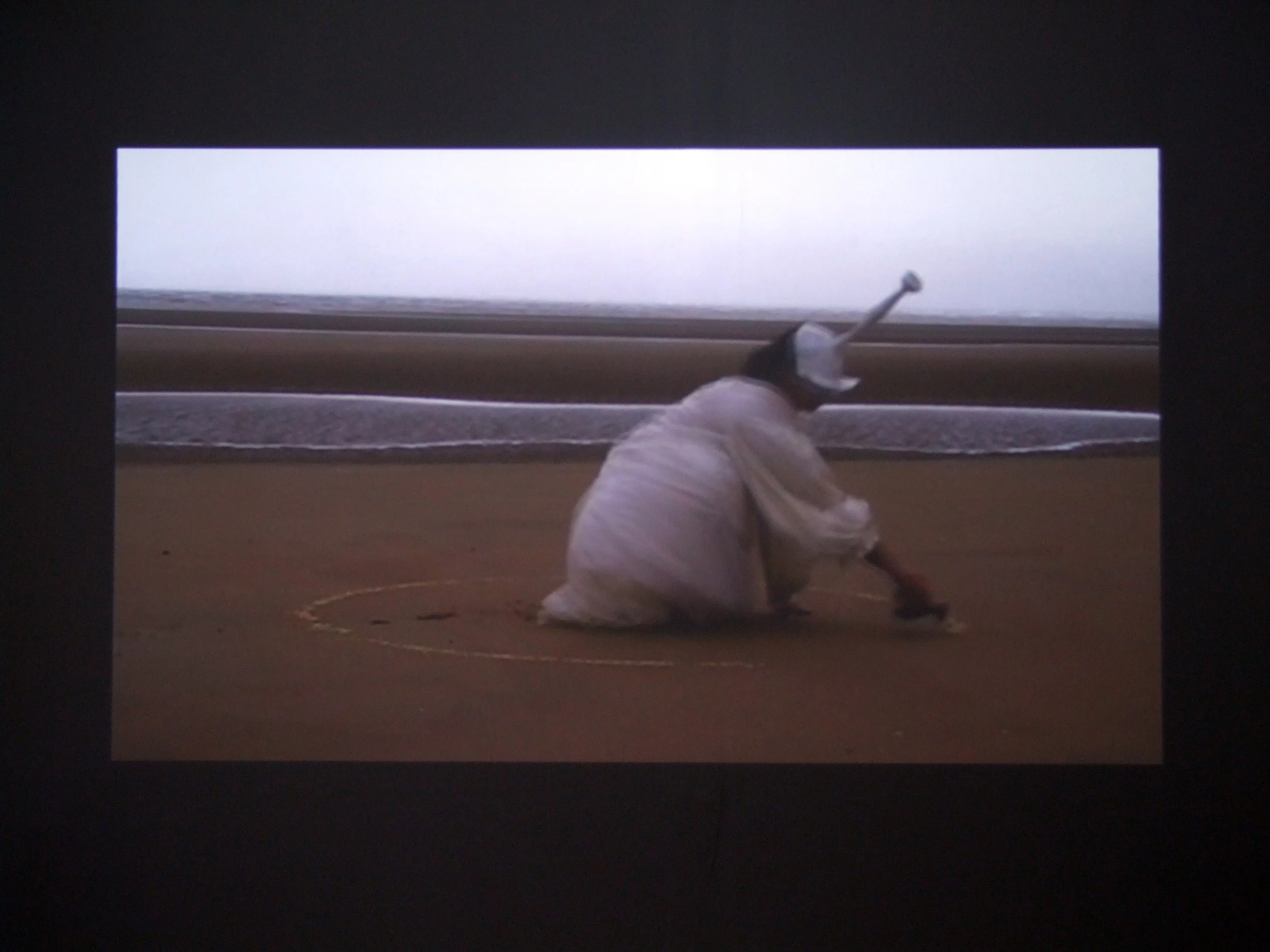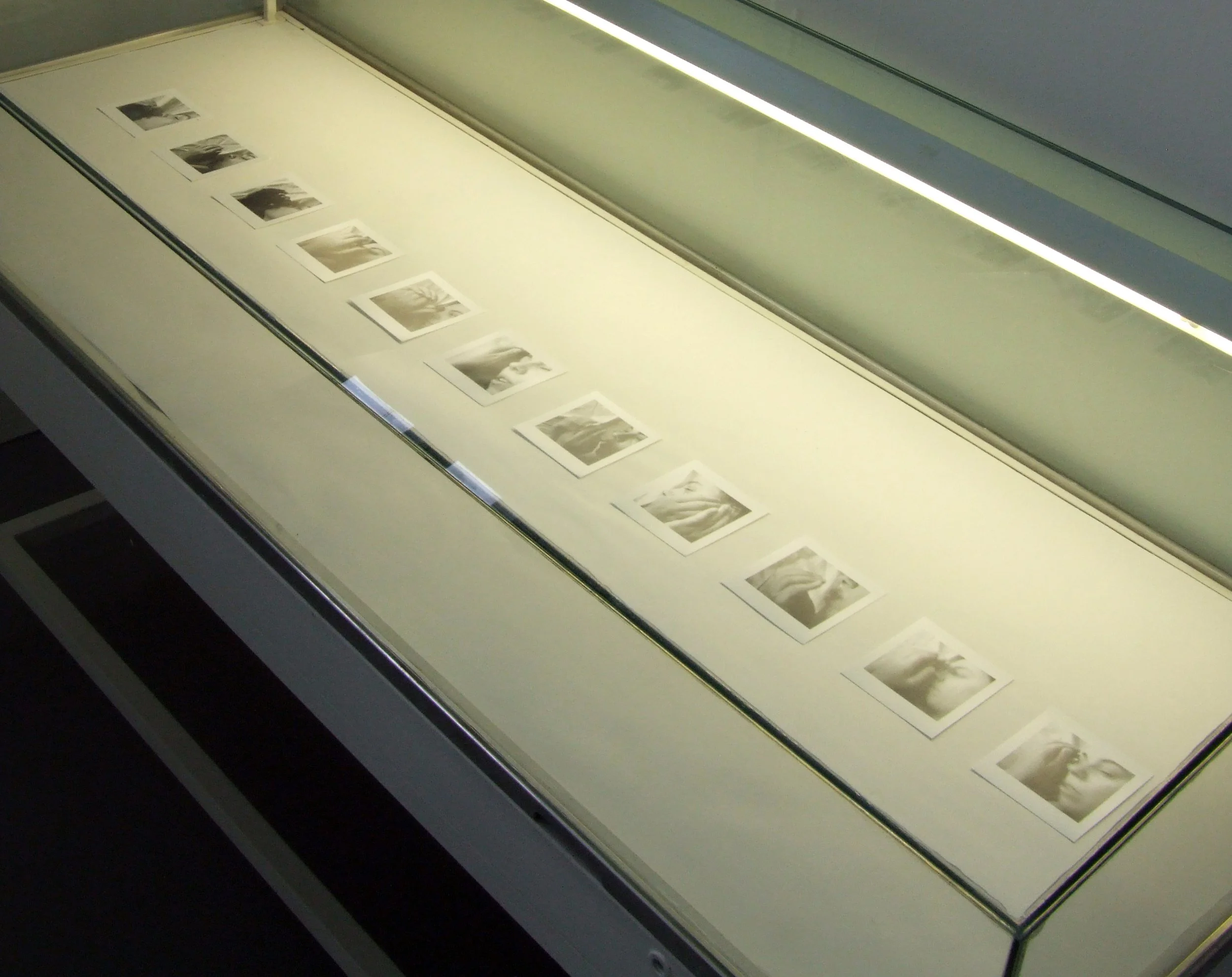The process behind Losing Civilisation Archive 2007, began with a fictional topography and the remnants of a fictional material culture that might belong to a lost civilisation, perhaps even one existing in a parallel universe where human consciousness had evolved differently. The material culture of this place would offer insights into the human psyche that it represented. Borges’ encyclopaedia of the non-existent planet of Tlön and the many science-fiction movies, particularly those that I had first seen as a child, such as “The Time Machine” and “Planet of the Apes” were an influence in some way.
However, the realisation slowly unfolded that it wasn’t a science-fiction taxonomy belonging to another civilisation that was the essence of this work. I became aware that my struggle was not to reconcile form with fiction and that story telling was not the drive behind this work. With the decision not to tell the whole story, my task became archaeological, fragments from the psychic apparatus being excavated, indexed and placed inside of an archive. As for what these ‘things’ might be, that is something that I would loosely define in my own mind, but always leave open to interpretation. As the initial desire to place the ‘archaeology’ of these ‘things’ into a narrative, gave way to an archive of inner-visualisations and the description of an otherworldly human consciousness began to mirror our human inadequacies and short fallings, this work transformed into an inscription for loss, longing and hope.
From the Book of Instant Knowledge Fig. 35, 2007, digital image
